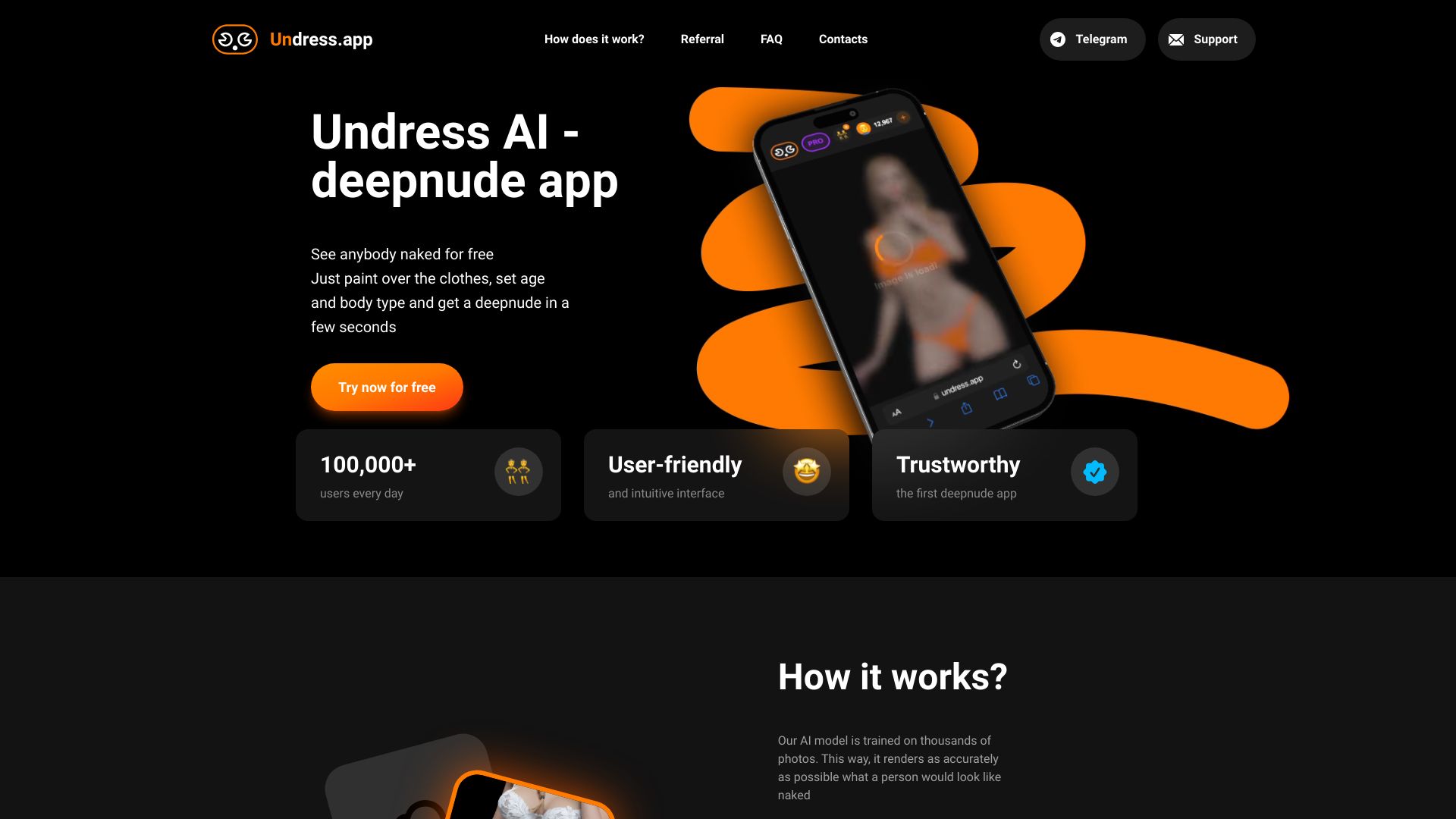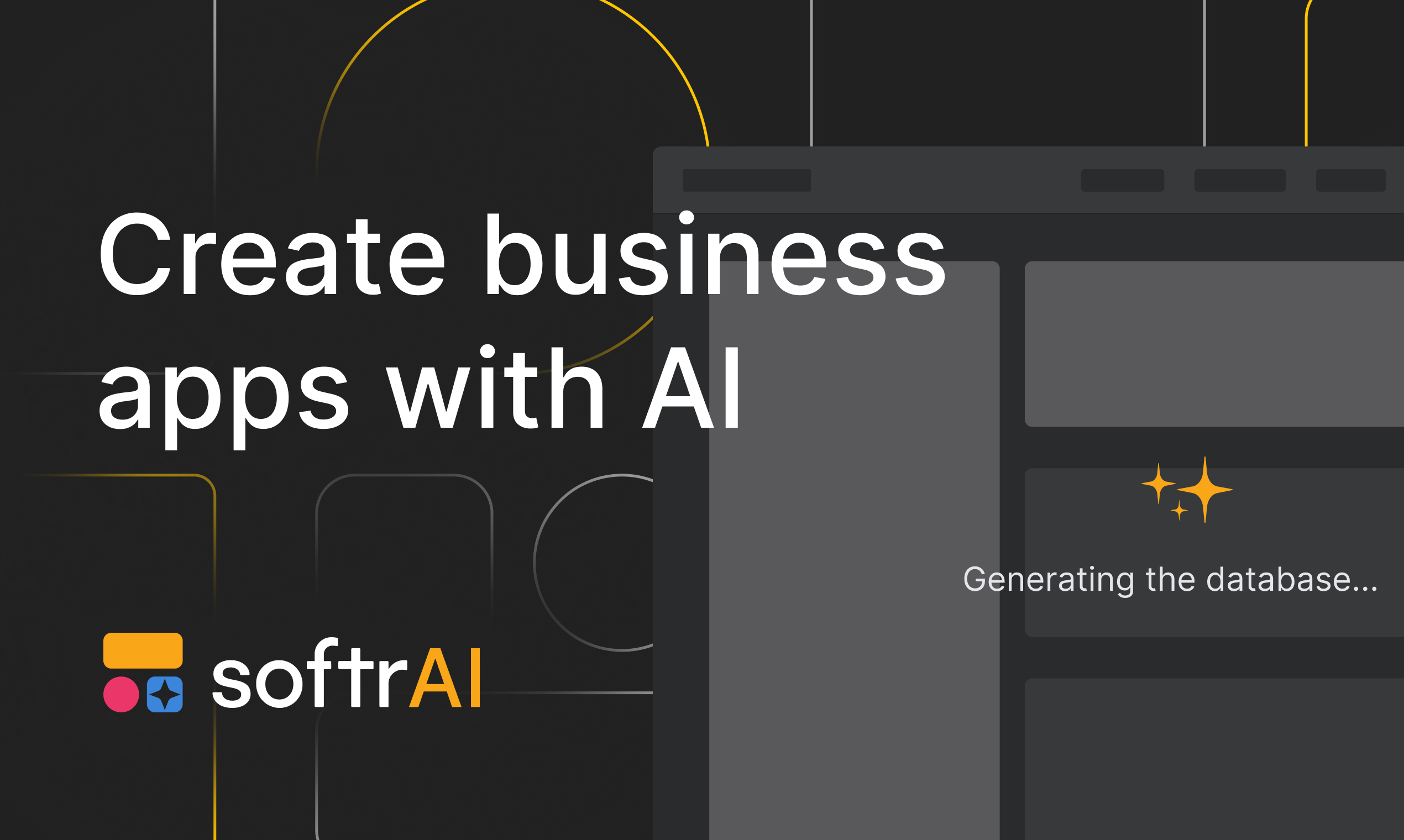AI Apps That Undress: Exploring The Controversial App Trend
Let's get real here—AI apps that undress are sparking debates, raising eyebrows, and causing a storm of controversy across the globe. Artificial intelligence has taken the world by storm, but some of its applications are crossing lines we never thought possible. If you're here, chances are you're curious about these apps and what they mean for privacy, ethics, and the future of tech. Let's dive in.
You might be wondering, "What's the big deal?" Well, the big deal is that these apps are using cutting-edge AI technology to digitally remove clothing from images—yes, you heard that right. This isn't just a harmless tech experiment; it's a major issue with serious implications for consent, privacy, and safety. And guess what? It's not slowing down.
As we explore this controversial trend, we'll break down what these apps do, why they're controversial, and what it means for the average person. Whether you're a tech enthusiast, a concerned citizen, or just someone who wants to stay informed, this article has got you covered. So, buckle up, because we're about to dive into the wild world of AI apps that undress.
- Timeshealthmag Fitness Your Ultimate Guide To Staying Fit And Healthy
- Is Paula Abdul Single Exploring Her Love Life And Relationship Status
What Are AI Apps That Undress?
First things first, let's talk about what exactly these apps do. AI apps that undress use advanced machine learning algorithms to manipulate images and videos. These algorithms can analyze patterns in clothing and skin tones to create realistic-looking images where clothing is digitally removed. It's like magic, but with a dark side.
These apps aren't just for fun—they're being used to create deepfake content, fueling a growing industry of digital manipulation. And while some might argue that it's just another form of entertainment, the reality is far more complicated. The technology is powerful, but its implications are alarming.
Here's the kicker: these apps are becoming more accessible, and with that accessibility comes a whole host of ethical and legal questions. Are we ready for a world where anyone can use AI to alter reality? Probably not.
- Racist Burger King Man The Story That Sparked A Global Conversation
- Burger King Racist The Untold Story You Need To Know About
Why Are These Apps Controversial?
Let's break it down—these apps are controversial for a bunch of reasons. First off, there's the issue of consent. Most of the time, people whose images are being manipulated have no idea that their photos are being used in this way. That's a major violation of privacy and trust.
Then there's the whole "deepfake" thing. Deepfake technology has been around for a while, but these apps take it to a whole new level. They make it easier than ever to create convincing fake content, which can be used for anything from harassment to misinformation. It's like giving someone a digital weapon without any accountability.
And let's not forget about the ethical concerns. Is it ethical to develop technology that can be used to harm others? That's a question that tech companies and policymakers are grappling with right now, and the answers aren't easy.
The Impact on Privacy and Safety
Privacy is a big deal in the digital age, and these apps are throwing it out the window. When someone's image is manipulated without their consent, it can have serious consequences. Victims of this kind of digital abuse often experience emotional distress, reputational damage, and even physical harm.
But it's not just about individuals—these apps also pose a threat to public safety. Imagine if this technology fell into the wrong hands. It could be used to create fake evidence, manipulate public opinion, or even influence elections. The possibilities are scary, and the stakes are high.
So, what can we do about it? That's a question we'll explore later in this article, but for now, let's just say that awareness is the first step. The more people know about these apps and their dangers, the better equipped we'll be to fight back.
How Do These Apps Work?
Now, let's talk tech. These apps use a combination of machine learning and neural networks to analyze and manipulate images. They work by training algorithms on large datasets of images, teaching them to recognize patterns in clothing and skin. Once the algorithm has learned these patterns, it can apply them to new images, effectively "undressing" them.
Here's a quick breakdown of the process:
- Data collection: The app gathers a large dataset of images to train its algorithms.
- Training: The algorithms learn to recognize patterns in clothing and skin tones.
- Manipulation: The app applies what it's learned to new images, creating altered versions.
- Output: The result is an image where clothing has been digitally removed.
It's all very technical, but the bottom line is this: these apps are using some seriously advanced technology to do some pretty questionable things.
Legal and Ethical Implications
When it comes to AI apps that undress, the legal and ethical implications are huge. On the legal side, there are questions about whether these apps violate privacy laws or copyright laws. In some cases, they might even run afoul of anti-harassment laws. But the legal landscape is still murky, and many countries haven't caught up with the pace of technological advancement.
Ethically speaking, these apps raise some tough questions. Is it ethical to create technology that can be used to harm others? Should tech companies be held accountable for how their products are used? And what about the responsibility of users? These are questions that don't have easy answers, but they're questions we need to ask.
One thing is clear, though: the current state of regulation isn't cutting it. We need better laws, better enforcement, and better education to address the challenges posed by these apps.
Who's Behind These Apps?
So, who's actually making these apps? Well, it's a mix of independent developers, startups, and even some big tech companies. Some of these developers claim that their apps are meant for "entertainment purposes only," but let's be real—that's a pretty thin excuse.
Here's the thing: the people behind these apps aren't necessarily bad guys. In many cases, they're just tech enthusiasts who are fascinated by the possibilities of AI. But that doesn't excuse the harm that their creations can cause. It's a reminder that technology is neutral—it's how we use it that matters.
That said, there are some bad actors out there who are deliberately using this technology for malicious purposes. And that's where the real danger lies.
How Can We Protect Ourselves?
So, what can we do to protect ourselves from the dangers of AI apps that undress? The first step is awareness. Knowing that these apps exist is half the battle. But beyond that, there are some practical steps you can take to stay safe:
- Be careful about sharing your images online. Once a photo is out there, you can't control how it's used.
- Use privacy settings on social media to limit who can see your photos.
- Report any suspicious activity to the platform or authorities.
- Stay informed about the latest developments in AI and privacy law.
It's not foolproof, but these steps can go a long way in protecting your privacy and safety online.
What's Being Done to Combat This Trend?
Thankfully, there are people and organizations working to combat this trend. Governments, tech companies, and advocacy groups are all taking steps to address the dangers of AI apps that undress. Some of these efforts include:
- Developing new laws and regulations to govern the use of AI technology.
- Creating tools and platforms to detect and remove deepfake content.
- Raising awareness about the dangers of digital manipulation.
- Encouraging tech companies to prioritize ethics and responsibility in their products.
It's a tough battle, but progress is being made. The key is staying informed and holding those in power accountable.
The Future of AI and Privacy
Looking ahead, the future of AI and privacy is uncertain. On one hand, AI has the potential to revolutionize our lives in countless positive ways. On the other hand, it also poses significant risks if not handled responsibly. The trend of AI apps that undress is just one example of how this technology can be misused.
So, what does the future hold? That depends on us. It depends on how we choose to regulate, develop, and use AI technology. If we prioritize ethics and responsibility, we can harness the power of AI for good. But if we ignore the risks, we could be heading for trouble.
One thing is certain, though: the conversation about AI and privacy isn't going away anytime soon. As technology continues to evolve, we'll need to stay vigilant and informed to ensure that it's used in ways that benefit everyone.
Conclusion: What You Can Do
Alright, we've covered a lot of ground here. From what AI apps that undress are to why they're controversial, we've explored the ins and outs of this controversial trend. But now it's time to talk about what you can do.
First, stay informed. Keep up with the latest developments in AI and privacy law. Second, protect yourself online by being careful about what you share and who you share it with. And finally, speak up. Whether it's through social media, advocacy groups, or just conversations with friends and family, your voice matters.
So, what are you waiting for? Let's work together to create a safer, more ethical digital world. Share this article, leave a comment, and let's keep the conversation going.
Table of Contents
- What Are AI Apps That Undress?
- Why Are These Apps Controversial?
- The Impact on Privacy and Safety
- How Do These Apps Work?
- Legal and Ethical Implications
- Who's Behind These Apps?
- How Can We Protect Ourselves?
- What's Being Done to Combat This Trend?
- The Future of AI and Privacy
- Conclusion: What You Can Do



Detail Author:
- Name : Lamar Koss
- Username : lowell08
- Email : zrunte@walsh.com
- Birthdate : 1974-08-19
- Address : 34037 Devon Squares Apt. 031 Schadenfurt, AL 53730
- Phone : +1.551.755.5113
- Company : Lockman-Shields
- Job : Supervisor Fire Fighting Worker
- Bio : Et sit ex sunt earum iste non est. Aut quisquam nam ut est. Dolorum non harum dolore reprehenderit. Architecto est illo ea ut non aspernatur.
Socials
facebook:
- url : https://facebook.com/mac.cummings
- username : mac.cummings
- bio : Iusto omnis eos culpa optio labore. Magni ad magni vel reprehenderit nisi.
- followers : 6632
- following : 2000
twitter:
- url : https://twitter.com/maccummings
- username : maccummings
- bio : Distinctio qui voluptas animi dolore quod aliquid. Est quae dignissimos repudiandae repellendus. Fuga maiores autem ut non ratione.
- followers : 2156
- following : 2659
linkedin:
- url : https://linkedin.com/in/mcummings
- username : mcummings
- bio : Dolores vel aliquid tempore ullam.
- followers : 790
- following : 1873
instagram:
- url : https://instagram.com/maccummings
- username : maccummings
- bio : Suscipit atque earum repellendus. Id corporis molestiae at quidem. In veniam molestiae dolore.
- followers : 744
- following : 1956
tiktok:
- url : https://tiktok.com/@mac_cummings
- username : mac_cummings
- bio : Nemo eum vel libero tempore magni. Qui doloribus eaque corrupti aut.
- followers : 5950
- following : 2650